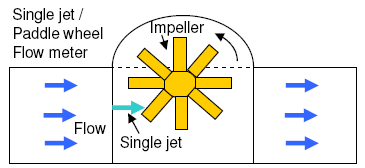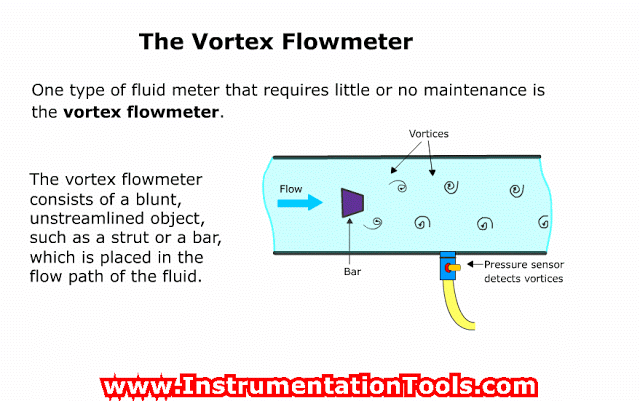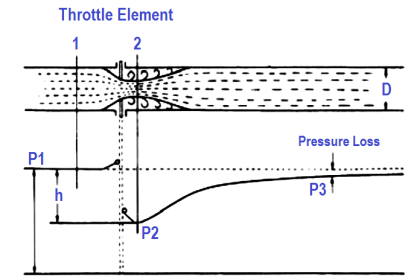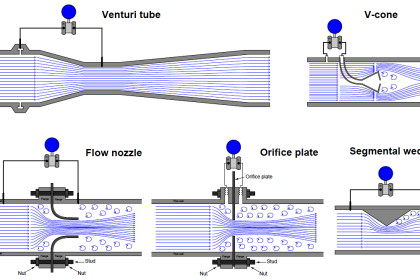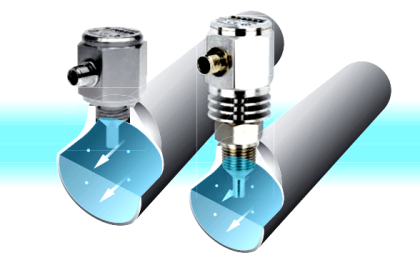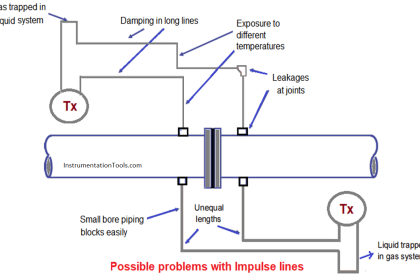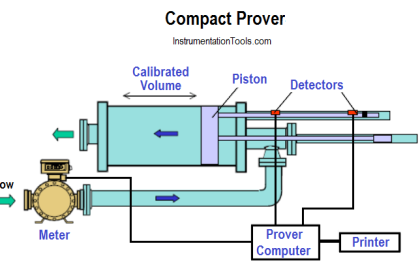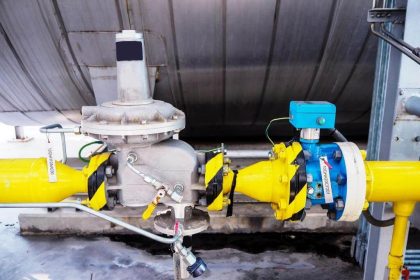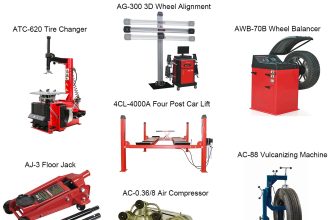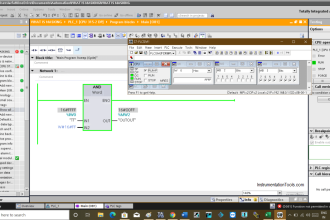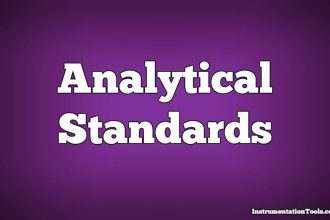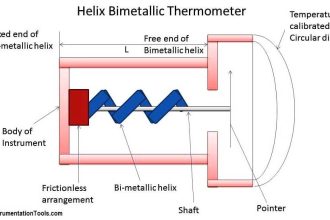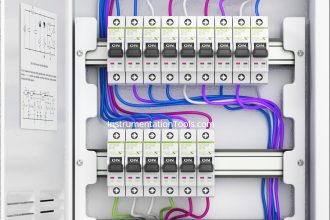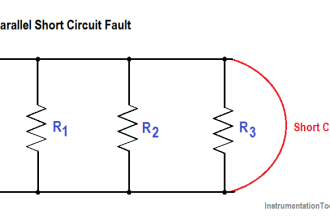Level sensors are capable of measuring more than just level. Flow rate measurement in an open channel, such as a stream, irrigation canal, or unpressurized sewerage pipe, can be accomplished using hydraulic structures known as weirs and flumes.
These measure flow rates using the same technologies often applied to tank-level measurements, such as bubblers, radar, and ultrasonic level transmitters.
Level Sensors Measure Flow
Both weirs and flumes function by constricting the flow of the channel and measuring how the fluid level is affected.
Their physical characteristics, and therefore their effect on fluid flow, are known variables, so equipment that measures the level upstream from the structure can use a series of mathematical equations to determine the flow rate.
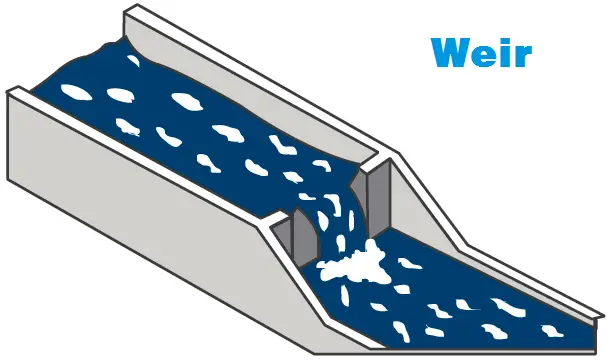
Weirs function very similarly to dams in that they span the length of the channel and constrict the flow.
There are many styles of weirs, each meant for a different application, but they all allow fluid to escape through an opening and continue downstream. The fluid level is measured upstream from the weir.
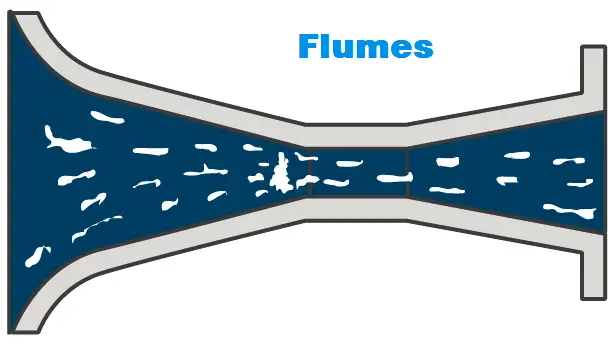
Flumes, on the other hand, typically consist of three sections: a constricting end, a throat, and an expanding end. The flume is partially submerged in the channel. The throat constricts the flow and the fluid level is measured at the constricting end.
If you liked this article, then please subscribe to our YouTube Channel for Instrumentation, Electrical, PLC, and SCADA video tutorials.
You can also follow us on Facebook and Twitter to receive daily updates.
Read Next:
- Flow Transmitters Questions
- Velocity Flow Meter Principle
- Flow Control Loop Controller
- DP Flow Transmitter Measure
- Float Switch Working Principle
